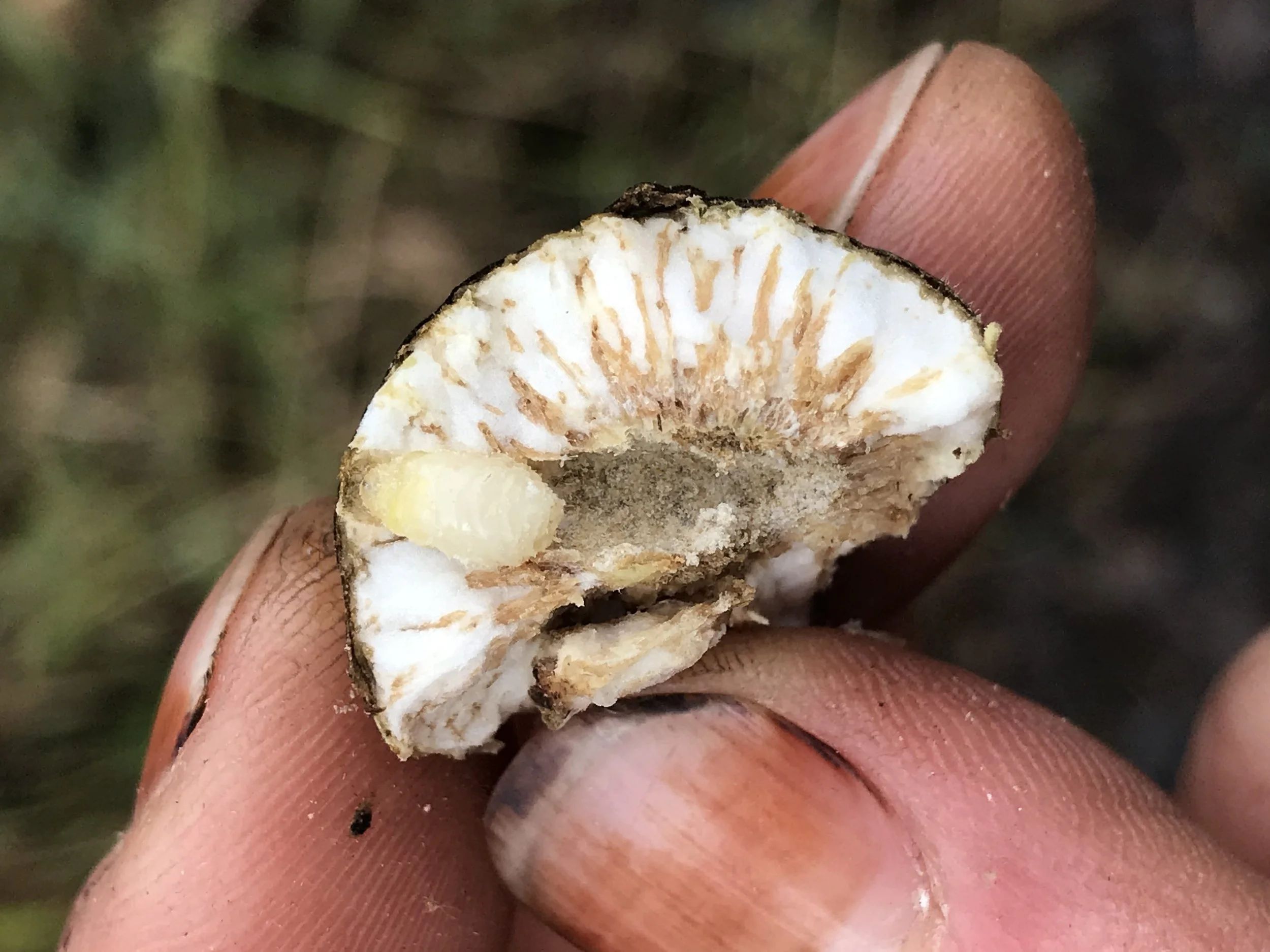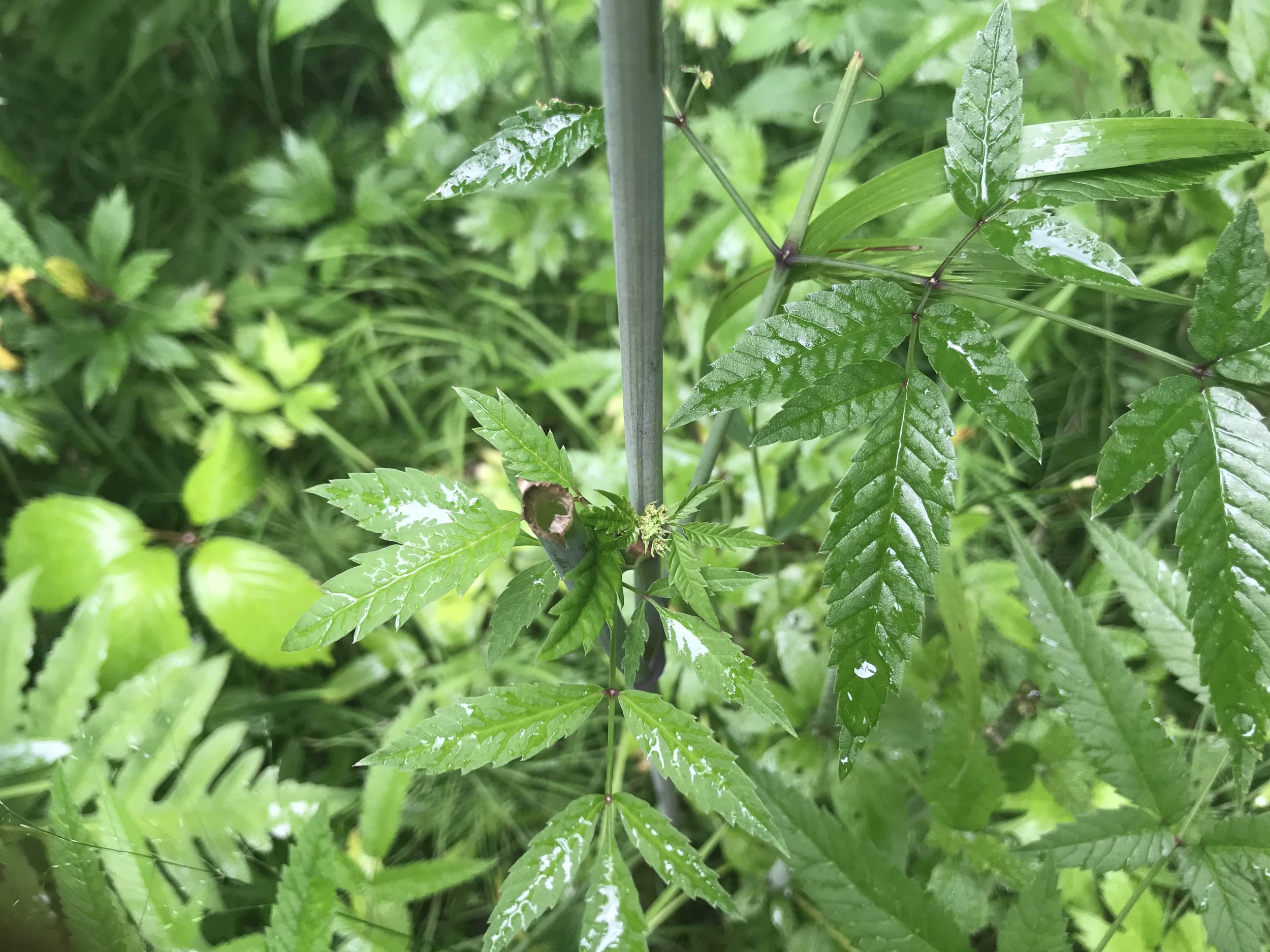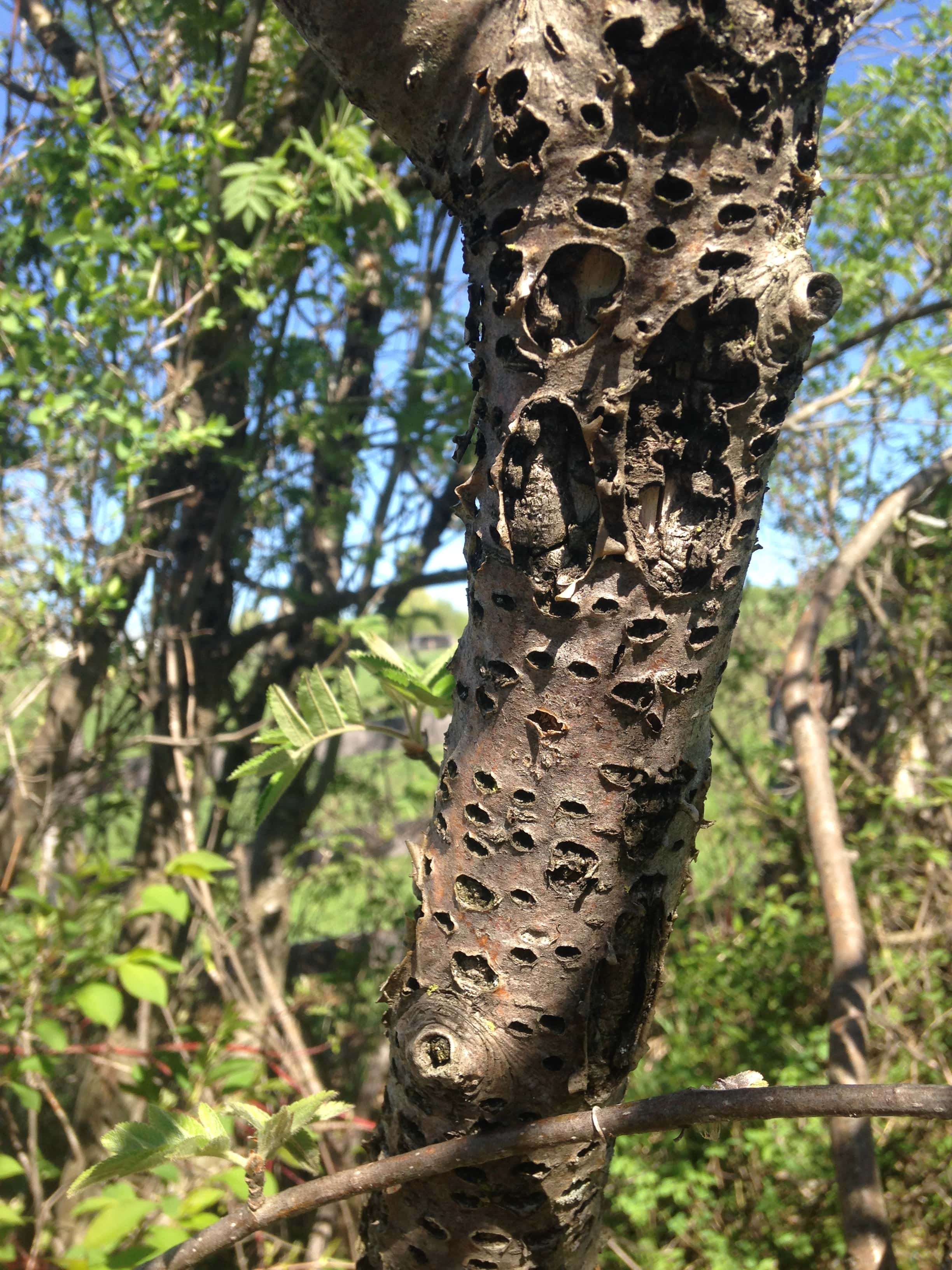
What’s going on out on the land?

A Short List of Bugs I have Eaten
I am very much interested in the edibility of invertebrates. Recognizing that most of the world commonly consumes insects and other inverts, I get to wondering why we in the Northern parts of Turtle Island/North America don’t really consume them.
In light of this wondering I have been setting out to learn as much as I can about which insects I can eat, and how I can learn to prepare them. Below I will be creating an ever expanding list of insects and other inverts I have eaten and how I have prepared them.

White-tailed Deer consuming Water Hemlock
White-tailed Deer consume a lot of different things. It seems everytime I see some Deer browse, it appears to be a new forb, shrub, or tree which I hadn’t seen a Deer browse before. I wanted to look into the foods which Deer browse more generally, but also focus on a new discovery of Deer browse on the aerial parts of Water Hemlock.

A Short Note On Sapsucker Ecologies
About 1o minutes North of Orangeville, along the fence line of Bruce Trail at Dunby rd, there are a couple of American Mountain Ash trees. These trees are related to the other Sorbus species from around the world, but this one is native to the area. Shorter trees, compound leaves, bright red fruit all help to identify these trees in the warmer months. But in the Winter and early Spring when the leaves and fruit have fallen, the bark becomes a great focal point for local ecologies.
The rows of small holes of various age and sizes freckle the bark like oversized lenticels. It kind of looks like a canker or fungal infection, but it’s not. It is actually the work of a meticulous and skilled member of the Picidae family; the Yellow-bellied Sapsucker, a bird which I have not seen that often, but I have come across their sign quite a bit.

Follow The Food
Knowing the plants who are in relationship with the animals we track can help us find the animals we want to learn about. They can point in the direction of where the animals are going or where they will be going. They can show us if we are in the right environment or if we need to keep looking.
This entry is pretty much a story of a recent afternoon spent tracking in the Lake of Bays region, just South West of Algonquin Park, where we spent a few hours following the food and then finding the animal.
